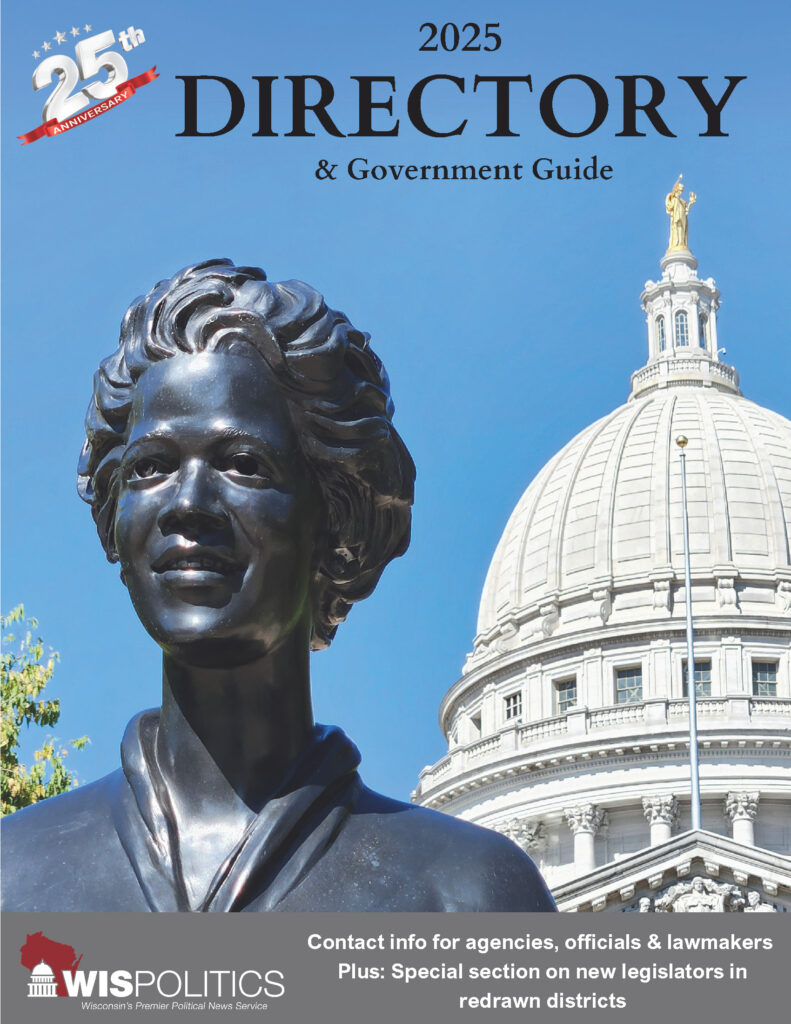The column below reflects the views of the author, and these opinions are neither endorsed nor supported by WisOpinion.com.
Many have probably now seen the picture, shared widely on social media, of wind turbine blades being buried in a landfill in Wyoming. The picture highlights a legitimate challenge to wind energy, especially as costs continue to fall and deployment of wind increases across the country. Importantly those challenges, one of them highlighted here, are not a reason to walk away from the table.
We can find solutions.
First, it’s important to recognize that the cost of removing wind turbines at the end of their useful life is almost always included in the cost of the initial project. Developers are often contractually required to post the full cost to decommission turbines before a farm is even built. Taxpayers do not pick up the cost of taking wind turbines apart.
Second, between 85-90 percent of a turbine’s parts can be recycled or sold, including the foundation, tower, gear box, and generator. However, the turbine blades are typically constructed of fiberglass-reinforced plastics or carbon fiber, creating complex disposal and recycling requirements at the end of their useful life. With more wind turbine retirements impending, momentum to achieve fully recyclable turbines is growing. Vestas, a leading turbine manufacturer, has committed to eliminate non-recyclable waste from the manufacturing, operation, and decommissioning of its turbines by 2040.
>> WisPolitics is now on the State Affairs network. Get custom keyword notifications, bill tracking and all WisPolitics content. Get the app or access via desktop.
Recycling turbine blades in other parts of the world typically involves cutting and shredding the blades into a raw fiberglass material. This material can then be reused in manufacturing processes, turned into deck boards, warehouse pallets, weather resistant siding, among many other uses. As the amount of blades being retired begins to increase in the United States, we need to work toward an active solution to this problem. However, our country has never lacked for entrepreneurial spirit and a can-do attitude.
Often our message is that renewable energy, like any new disruptive technologies, comes with tremendous opportunities as well as challenges. As renewables, driven by consumer demand and strengthening economic advantages, increase their market share we need to have honest and informed discussions about the advantages and drawbacks of a technology like wind. Already in this case, startup companies are popping up around the country to take advantage of this challenge, and turn it to an opportunity.
— Coenen is the executive director of the Wisconsin Conservative Energy Forum, a non-profit organization dedicated to providing a voice for conservatives in the state’s energy policy debate.


